“Black Montmartre” and the Harlem Hellfighters
Montmartre, 18th arrondissement
The 369th Infantry Regiment is famous for several reasons. During Word War I, this unit of African-American soldiers was assigned to the French army. The men fought with great courage and earned several nicknames, including the “Black Rattlers” and the “Harlem Hellfighters.” Not only were they the first American soldiers to receive the french Croix de Guerre military medal, they also helped bring jazz to Europe. To them, Paris was a land of freedom, and many settled in the northern part of the capital after the war. Their “Black jazz” lit up the cabarets around Montmartre and Pigalle, until the music was banned by the Nazi occupiers in 1940.

The Champs-Elysées Theater and the Triumph of Josephine Baker
15 Avenue Montaigne, 8th arrondissement
In 1925, Black culture was all the rage in France – a phenomenon referred to as “negrophilia.” A troupe of twenty dancers and musicians came to Paris from New York to perform a cabaret show called “La Revue Nègre” at the Champs-Elysées Theater. Among the performers were clarinetist Sidney Bechet, who later settled in Paris, and the legendary Josephine Baker. The “Black Pearl,” as she was nicknamed, shocked and captivated Parisian audiences with her subversive, sensual performances wearing nothing but a skirt made of bananas. She also gave the first Parisian performance of the Charleston. Josephine fell in love with France and once said, “I have two loves, my country and Paris.” France certainly loved her back. She became a French citizen in 1937, and even worked as a spy for France during World War II.
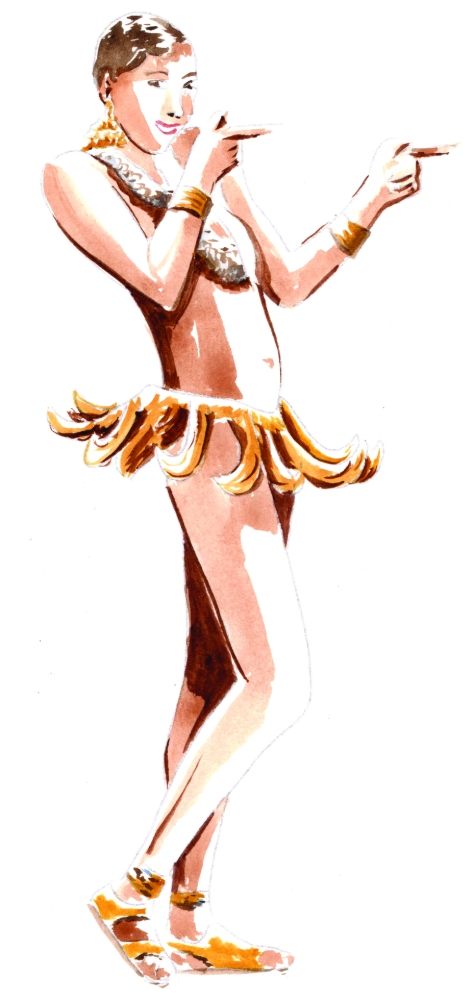

La Louisiane: Miles Davis’ Favorite Hotel
60 Rue de Seine, 6th arrondissement
This little hotel just a stone’s throw from the Louvre, in the heart of the Saint-Germain-des-Prés neighborhood, is getting ready to celebrate its 200-year anniversary. A number of big names have stayed there over the years, including Salvador Dalí, Ernest Hemingway, Pablo Picasso, Jean-Paul Sartre, and Simone de Beauvoir. Miles Davis had a passionate love affair there with French singer Juliette Gréco in 1949. For Davis, France was a revelation. In his autobiography, he wrote: “This was my first trip out of the country, and it changed the way I looked at things forever. I loved being in Paris […]. I had never felt that way in my life.”
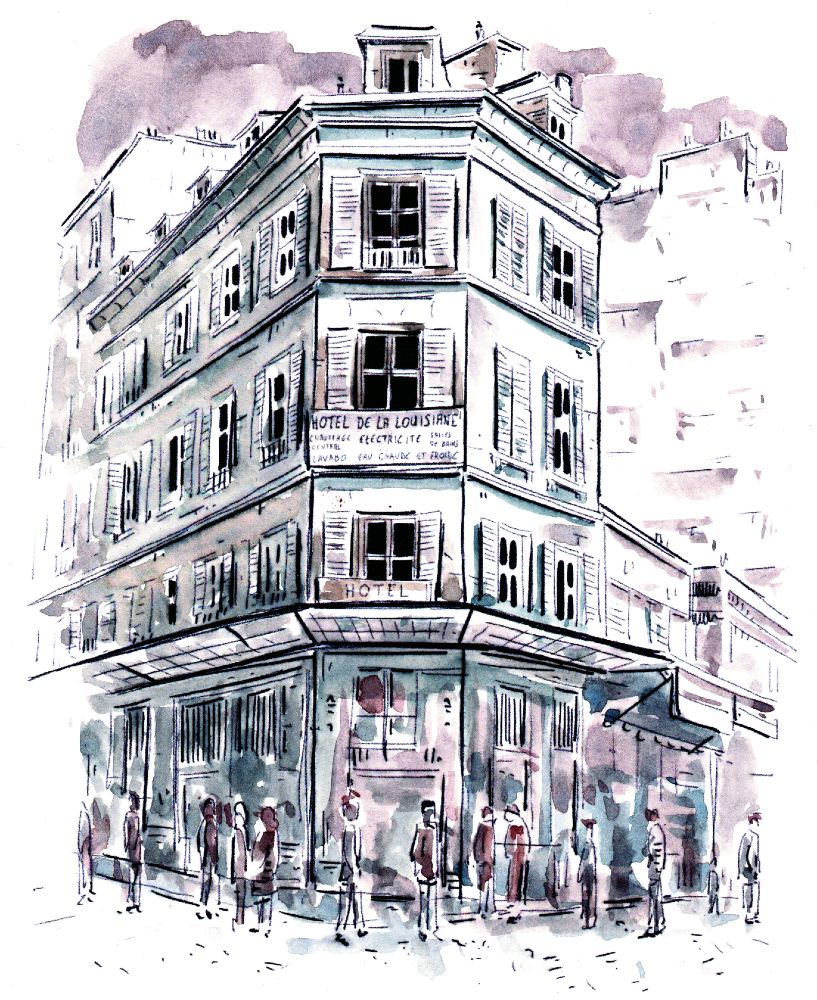
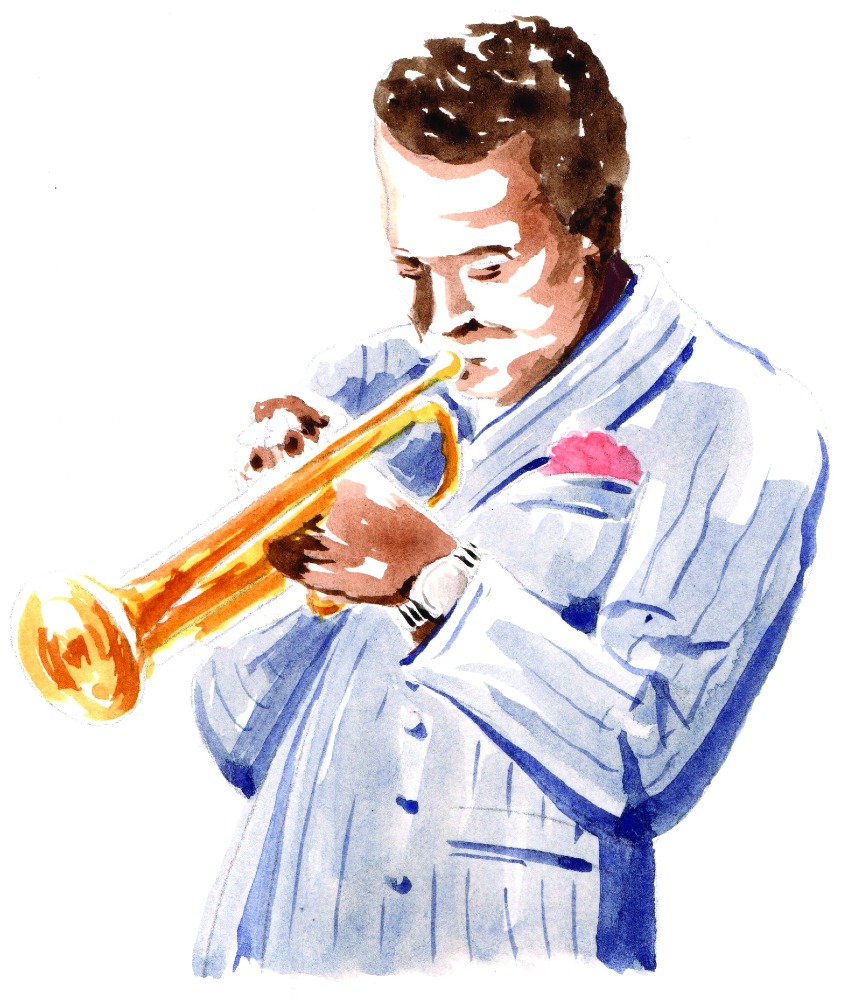
Café de Flore: James Baldwin’s Writing Spot
172 Boulevard Saint-Germain, 6th arrondissement
Café de Flore, a typical Parisian café, was a favorite haunt of the literary and artistic “Tout-Paris,” as was Les Deux Magots down the street. James Baldwin, who had been living in Paris since 1948, finished his novel Go Tell It on the Mountain there in 1953. He also met the painter Beauford Delaney in the café that same year. Delaney had just moved to Paris, and the two became lifelong friends. If you keep walking down Boulevard Saint-Germain and turn right onto Rue Tournon, you’ll find Café Tournon, which also has a distinguished literary past. The writers Chester Himes and Richard Wright often met for drinks and conversation there while exiled in Paris.

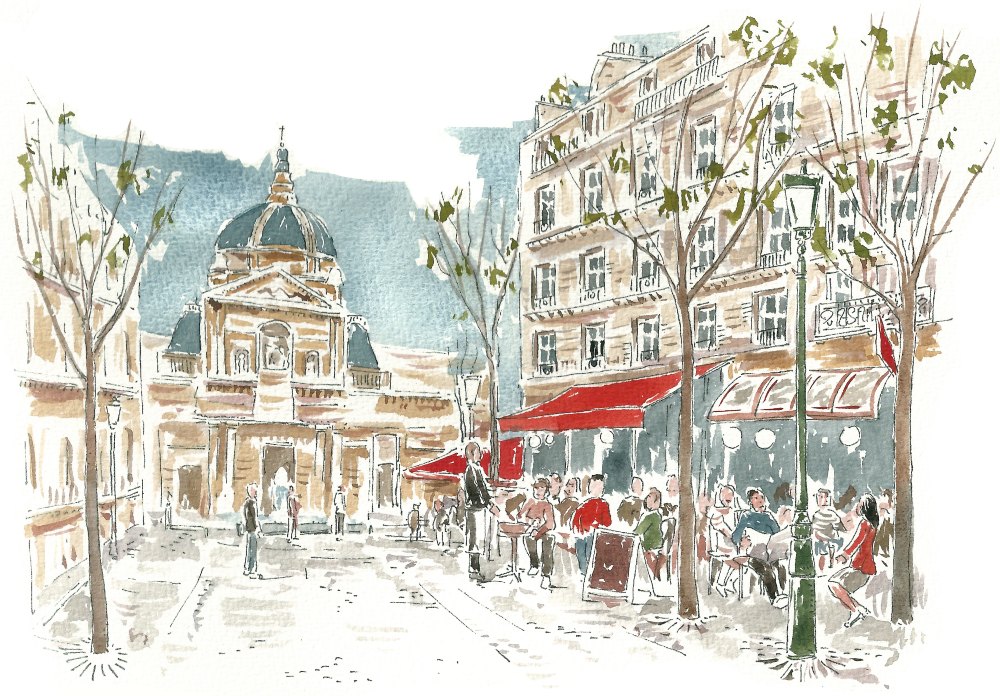
The Sorbonne and the Congress of Black Writers and Artists
17 Rue de la Sorbonne, 5th arrondissement
The first Congress of Black Writers and Artists in 1956 was a meeting of writers and intellectuals whose countries of origin had been colonized. The event was held in the imposing Descartes amphitheater at the Sorbonne university (both amphitheater and campus are open for tours by reservation). The meeting brought together intellectuals from Africa, the Antilles, and the United States, such as James Baldwin, Josephine Baker, and Richard Wright. Civil rights activist W.E.B. Du Bois, however, was forbidden by U.S. authorities from travelling abroad. Jean-Paul Sartre, Claude Lévi-Strauss, and Aimé Césaire also took part in the discussions, as did Pablo Picasso, who designed the event poster, which remains one of his better-known works. The meeting was a great success and helped launch the period of decolonization in the 1960s.
Chez Haynes: Where the Expats Loved to Eat
3 Rue Clauzel, 9th arrondissement
For years, Chez Haynes, at 3 Rue Clauzel, was one of the best-known American eateries in Paris. The restaurant unfortunately closed for good in 2009, but the building itself hasn’t changed. It was a popular spot where American expats and tourists could enjoy Mississippi soul food and chat with the owner, the one and only Leroy Haynes – World War II veteran, film actor, football champion, and restaurateur. Louis Armstrong is said to have once ended a concert early, telling the crowd that a plate of red beans and rice awaited him at Chez Haynes.
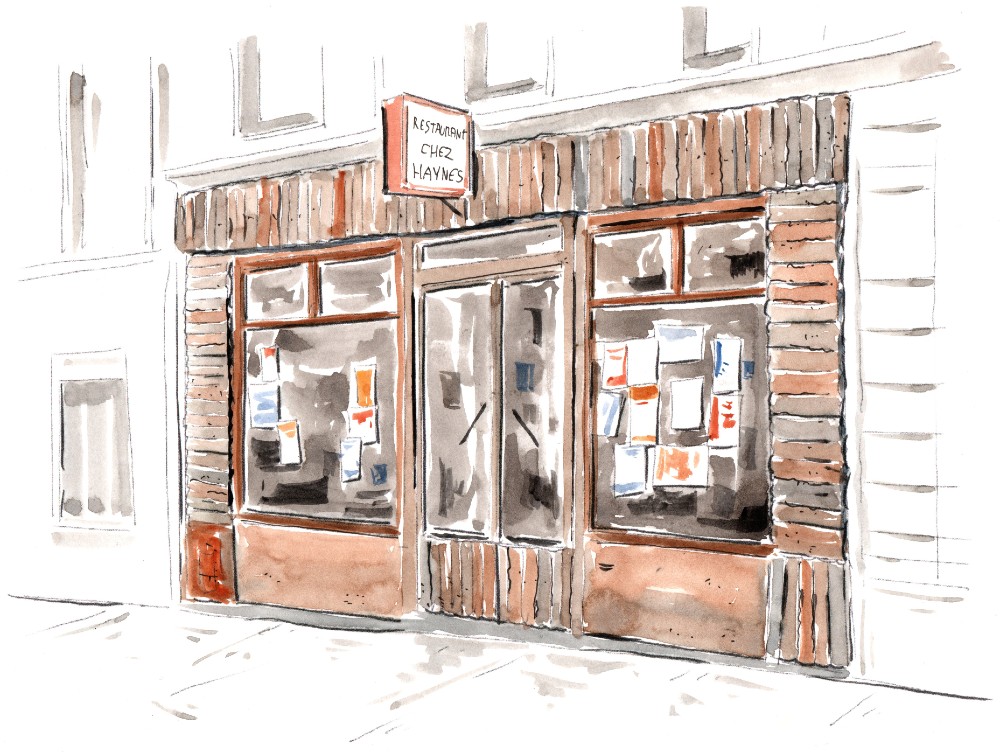
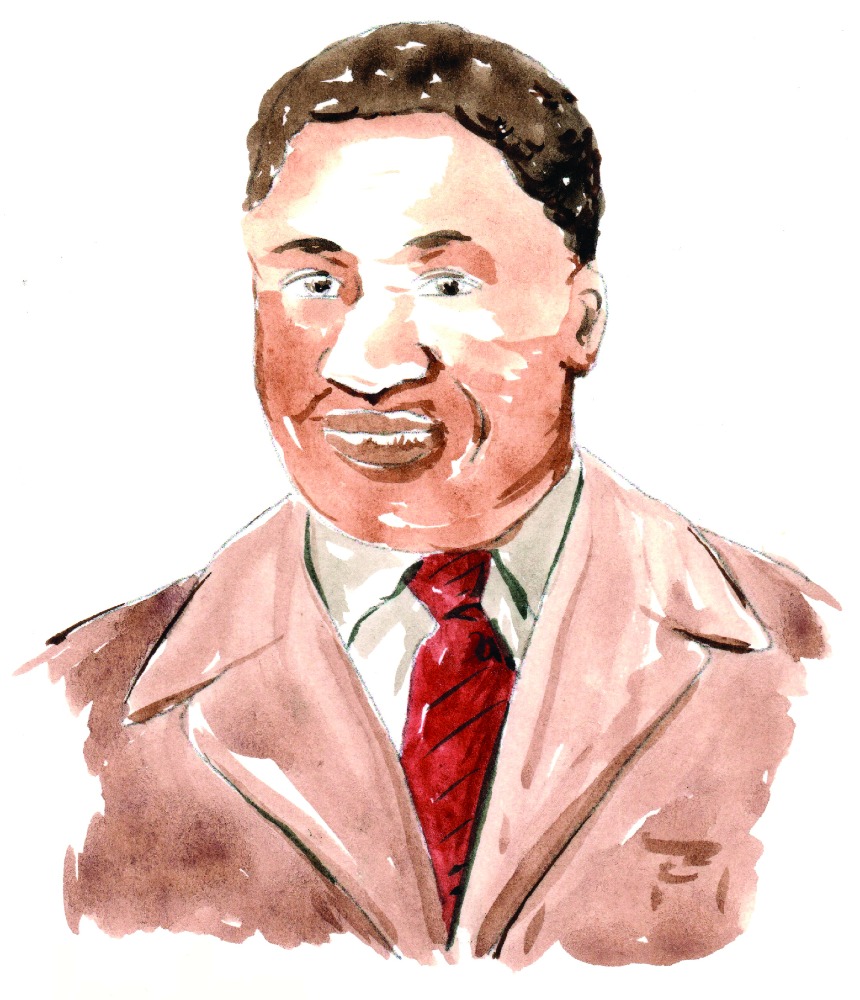
Article published in the September 2020 issue of France-Amérique. Subscribe to the magazine.












